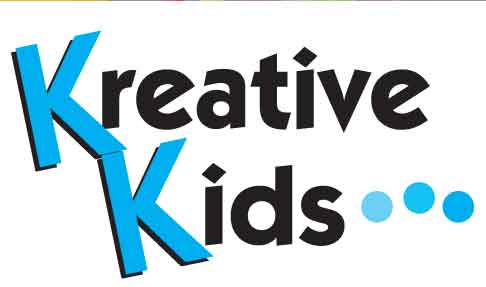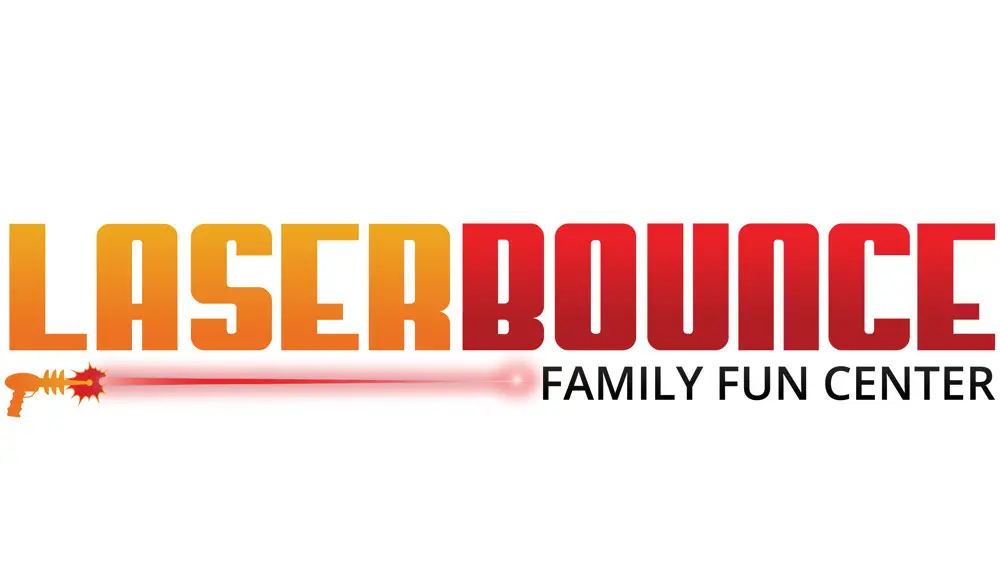
The Important Lesson My Daughter Taught Me After She Was Diagnosed with Scoliosis
We had to brace ourselves.

We had to brace ourselves.




East Village, Manhattan, NY New York Theatre Ballet School – dance as a total art form. Develop strong technical skills and discipline. Cultivate musicality, theatricality, gestu...

iCAMP is a STEAM (Science Technology Engineering Art/Design Mathematics) program that focuses on transforming students from consumers to creators. We ...

New City, NY For over 29 years, Kreative Kids has provided a nurturing and fun-filled toddler/nursery program where classes are kept small for individualized atten...

Glendale, NY We are located at Atlas Park Mall Lower Level Regal Cinema Building NYC’s Premiere Indoor Fun Center featuring a Gigantic Arcade, Laser Tag, Virtua...